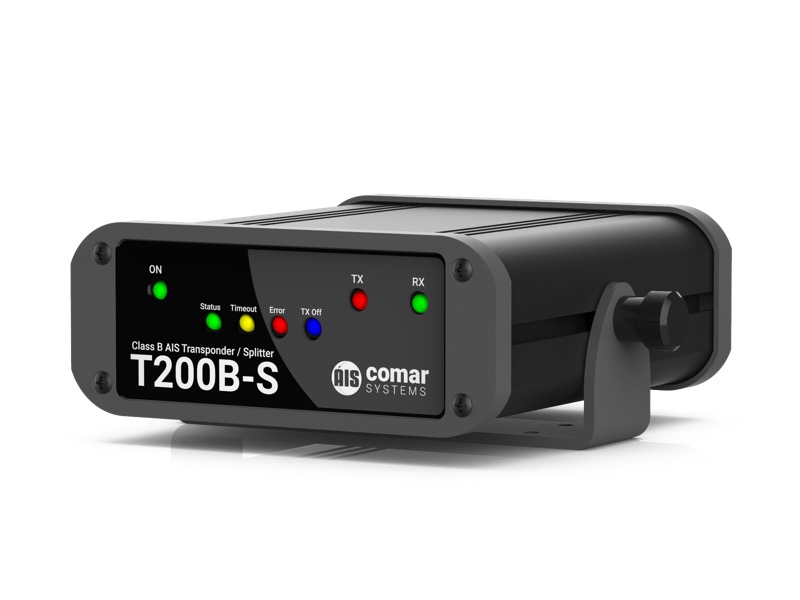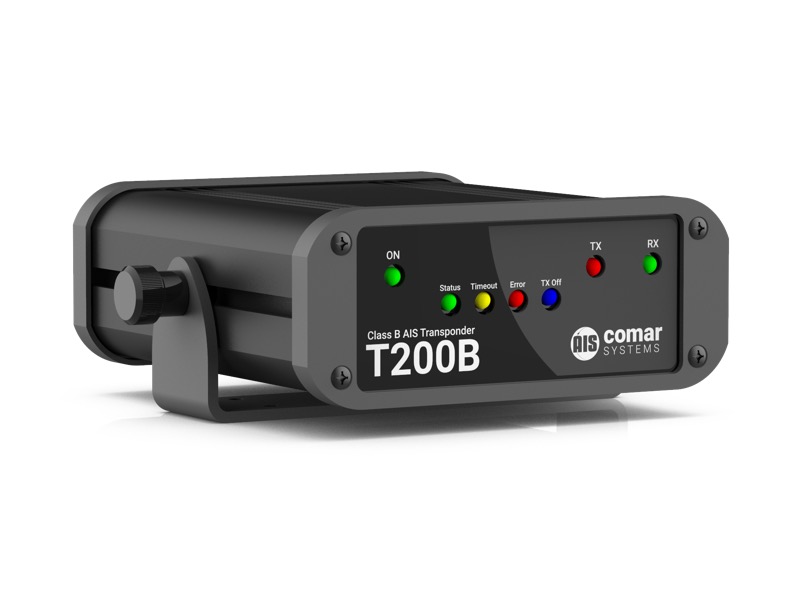
Integration and identification of marine communication channels.The world of ais (or automatic identification systems) is often confusing, with many questions such as “what is ais?”, “Why do you need it?”, “What kind of ais does my ship actually need or have ais?” etc.
An automatic identification system (ais) is an automated tracking system that displays other vessels in the vicinity. It is a broadcast transponder system that operates on a vhf mobile maritime band.
AIS type
class a: obligatory for all ships 300 gt or more to serve international voyages as well as all passenger ships.
Class b: class b ais transponder offers limited functionality and is intended for non-Sola’s vessels. Mainly used for ships such as pleasure craft.
AIS operates primarily on two dedicated frequencies or vhf channels.
Ais 1: 161.975 MHz – operates on channel 87b (simplex, shipped).
Ais 2: 162.025 MHz – channel 88b (ship-to-shore duplex).
class b ais transponder uses self-organizing time departmental multiple access (stdma) technologies to meet high broadcast rates. This frequency has a line-of-sight limit of about 40 miles.

How does AIS work?
The ais system consists of one vhf transmitter, two vhf tdma receivers, one vhf DSC receiver, and a standard marine electronic communication link to the ship display and sensor system. Location and timing information is usually derived from integer or external GPS receivers. Other information broadcast by aisis obtained electronically from ship equipment via standard maritime data connections.
Only one channel is required, but each station transmits and receives over two radio channels to avoid interference and avoid loss of communication from the vessel. The location report from a single ais station fits into one of the 2250 time slots established every 60 seconds. The ais stations continuously synchronize with each other to avoid overlapping slot transmissions.
AIS as a monitoring tool
In coastal waters, coastal authorities can set up automated ais stations to monitor the movement of vessels through the area. Coast stations can also use the ais channel for the coast to ship transmissions and to send information about tides, time, and weather conditions to be located. Coastal stations can use the ais to monitor the movement of dangerous cargo and control commercial fishing operations in their waters. The ais are used to operate the car, and sar authorities can also use the ais information to assess the availability of other vessels near the incident.
Ais as an aid to collision avoidance
AIS is a significant contributor to navigation safety. All the information sent and received can increase the effectiveness of navigation and significantly improve situational awareness and decision-making processes. As a low assistant,ais tracks and monitors targets and determines information about CPA. CPA adds significant value to overall navigation safety.









